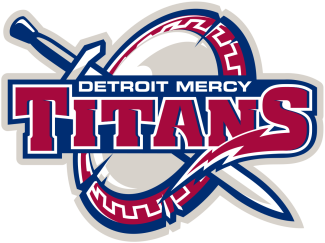22. DELAWARE
2019 record: 10-5 (3-2 Colonial)
Last seen: Dropping three in a row, including an 18-11 stumble in the CAA semifinals against Towson, to leave a sour taste after an otherwise impressive turnaround season.
Senior starts lost: 43 of 150 (28.67 percent)
Senior scoring departing: 93 of 270 points (34.44 percent)
Initial forecast: From the outside, the Blue Hens look like a team that consistently reached its level this spring. Delaware was 0-5 against top-25 RPI teams, and 10-0 against everyone else. And its place in the CAA during coach Ben DeLuca’s first two seasons was equally clear — 0-6 against Towson and Massachusetts, 6-0 against the other three schools. Yet it is a bunch unquestionably on the rise after recording its first winning season since 2011. Charlie Kitchen (37 goals, 27 assists) was the CAA’s co-offensive player of the year, Tye Kurtz (31 goals, 21 assists) picked up the league’s rookie of the year honor and Matt DeLuca (.581 save percentage) provided high-end play in the goal for most of the season. All three have eligibility remaining and help provide a sound foundation, even as the Blue Hens move forward without some key graduations (attackman Joe Eisele, midfielder Dean DiSimone, defenseman Austin Haynes and short stick defensive midfielder Alex Brunner, among them). The Blue Hens were steadier in DeLuca’s second season than his first, and they should make some more progress in 2020.
21. GEORGETOWN
2019 record: 13-5 (3-2 Big East)
Last seen: Unleashing Daniel Bucaro’s eight-goal onslaught on defending champion Yale but coming up short 19-16 in the first round of the NCAA tournament.
Senior starts lost: 54 of 180 (30 percent)
Senior scoring departing: 215 of 409 points (52.57 percent)
Initial forecast: What we learned about the Hoyas this spring was how well they could switch from the defense-first approach that keyed their Big East title run in 2018 to a willingness to let loose on offense and light up the scoreboard. It helped to have Bucaro (61 goals, 26 assists), the second Hoyas ever to roll up 200 career points, as well as Lucas Wittenberg (23 goals, 37 assists) and Robert Clark (33 goals, 13 assists). All three were seniors, and they account for the bulk of the starts and scoring exiting the program. Georgetown still has honorable mention All-America pick Jake Carraway (57 goals, 31 assists) on attack, and Gibson Smith will be back to anchor a defense that will be asked to tighten up in 2020. It should help the Hoyas that pretty much everyone else in the Big East besides Villanova has some significant retooling to go through. Much like this past season, it could take some time for Georgetown to settle on an identity, but Kevin Warne’s program should not be overlooked as it chases its third NCAA tournament appearance in a row.


























































